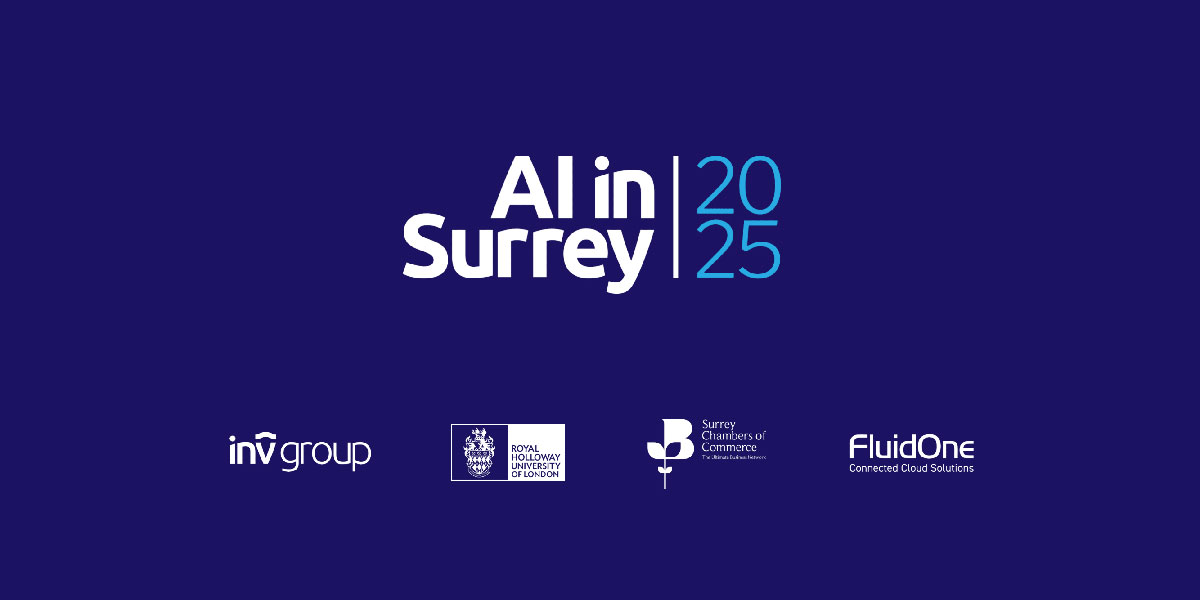Professor Saeema Ahmed-Kristensen explores the barriers preventing women from entering the fields of Science, Technology, Engineering and Maths (STEM) and looks at what can be done to encourage more women to pursue STEM education and careers, emphasizing the need for diversity in teams to drive innovation and tackle societal issues.
What are the barriers preventing more women from entering STEM fields particularly academically?
Despite the many advances in gender equality, there are two main barriers for women in STEM fields.
The first barrier is the lack of available role models. Many STEM topics and domains are male-dominated. While you may expect this in topics such as physics or maths, even when I studied Product Design as a BSc, I was only one of five women from a total cohort of 100. The diversity as regards ethnic minority was a similar percentage – a brown female was rare. These graduates are now the leaders and role models in the field, thus it takes a couple of generations to change and improve the diversity. So it is important to have more diversity in STEM for the future, as well as the here and now.
The second barrier is that some professional and academic STEM environments are perceived as not diverse. During my PhD, which was undertaken at Cambridge University with Roll-Royce Aerospace, I observed or interviewed over 100 engineers. At that time, only one of these was female.
What can be done to encourage more girls and young women to pursue STEM education and careers?
We need to address these barriers head-on. At the earliest stages in the school years for example, there are changes that could be made to the design of the curriculum and outreach work highlighting the opportunities open to girls are very important. We need to build up a pipeline of future STEM talent.
In higher education, in the admission process of STEM degrees, it is vital to check for bias at all stages. Mentoring and network opportunities that are tailored to support female students and employees are also important. This is not just about women supporting women, but enabling women to be truly part of the ‘club’.
Finally, one approach is to bring STEM to environments where it is not traditionally taught. For example, whilst I was the Head of Design Products at the Royal College of Art, there was a clear need to teach coding, and AI enabling working with APIs, IOT and data from sensors – to products, textiles and fashion designers. They need to understand the technology affecting creative industries that they are going into.
In my current role understanding how insights can be gained from data to create new value, drive innovation or gain new business insights, has meant that coding is being taught in business degrees, for example in Business Analytics. It is good news that the culture, organisations, and types of careers are changing meaning options are not just limited to STEM, and teaching of STEM no longer only exists in STEM degrees.
Why is diversity so important?
Digital technology is promising to impact the future across many domains. While AI, immersive technologies and big data are going to have a huge effect in areas such as healthcare, for example, technology alone will not address all the issues and challenges we face. We need to bring together a diverse range of data scientists, social scientists, and designers to better understand how we create new products, and how these impact society and people. If innovation is going to serve all of society it is vital that those tasked with that innovation are representative of society as a whole.






